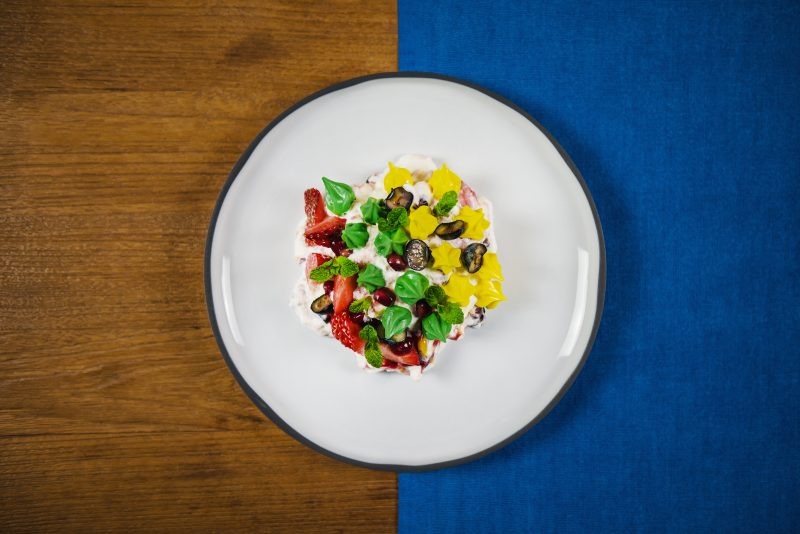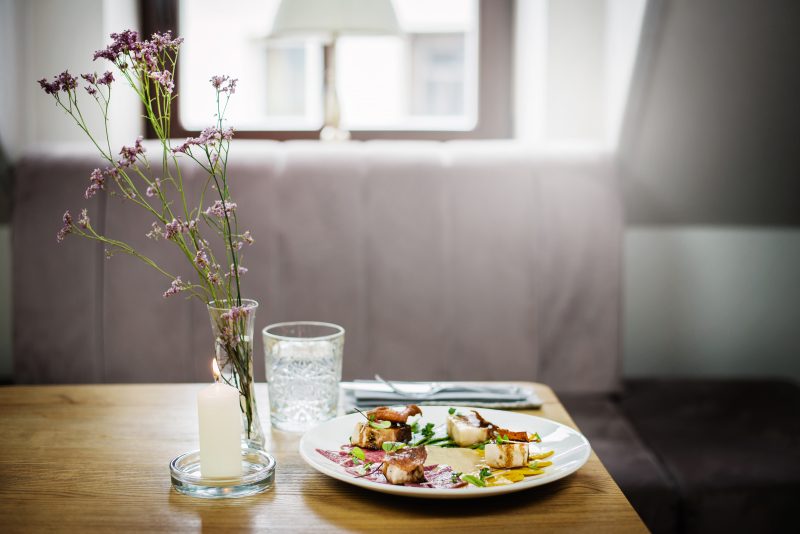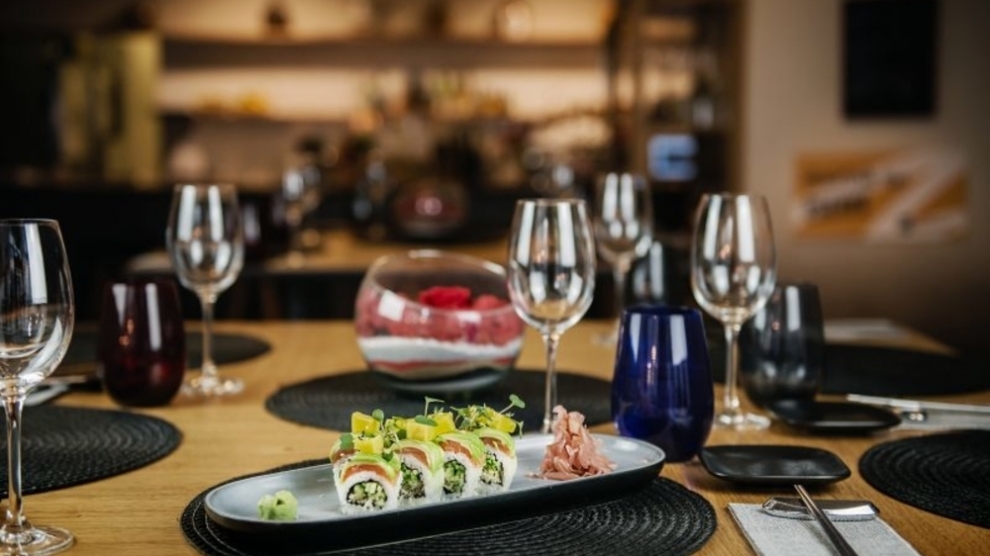Thirty years ago, on March 11, 1990, Lithuania declared its independence from the Soviet Union. To join the nation-wide commemoration effort, restaurants in Vilnius, the country’s capital, have added unique, independence-inspired dishes to their menus.
Until July 6, guests and locals alike will be able to taste Lithuanian independence as imagined by the best chefs in the city.
“The city was looking for a creative way of sharing this beautiful milestone with guests and locals alike,” says Inga Romanovskienė, the director of Go Vilnius, the city’s development agency. “Knowing we have a city full of top-level chefs, and that gastronomical experiences are what a lot of travelers seek for when visiting, it made sense to involve the restaurants. We were blown away by how cooperative and eager the chefs were to jump on board.”
The original idea was to create dishes that signify freedom. Chefs were expected to interpret freedom crafting a dish that would represent their personal idea of being free.
Unsurprisingly, some of them related freedom with the independence of Lithuania and created dishes in yellow, green and red colours – the colours of the Lithuanian flag.
Tomas Versockas from Meat chose to serve the three-coloured Pavlova with mascarpone cream, raspberry and passion fruit puree and berries.

Other chefs chose local ingredients for their expressions of freedom as inherently Lithuanian value. Tomas Rimydis from Ertlio Namas combined traditional Lithuanian smoked meat skilandis with no less traditional beetroot, buckwheat and apples.

Visitors to Paupio 12 can try boiled scone (or what Lithuanian grandmothers used to call lazankos) with pork belly and horseradish sauce. Traditionally, it was eaten with toasted slices of bacon, onions and sour cream.

Through these and other dishes, Lithuania’s culinary artists have interpreted freedom and independence in their own way, making the menus diverse and original in their looks, smell and taste.
“During the 30 years of independence, the level of our cuisine has grown immensely,” adds Romanovskienė. “After enduring bland Soviet gastronomy for 50 years, the country – and the city – have made leaps and bounds in establishing a one-of-a-kind, modern cuisine. Our chefs could finally go abroad and study from global masters, come back home and innovate. On the other hand, breaking out of uniform Soviet culinary standards we rediscovered our historical roots. The new generation of Lithuanian chefs found inspiration in the noble cuisine of Renaissance Lithuania and in the multicultural gastronomy of Vilnius. As a result, we, the food lovers in Lithuania, are now enjoying world-class, yet authentic dishes.”
Sixteen restaurants are taking part in the initiative. The full list can be seen at this special website.


Add Comment